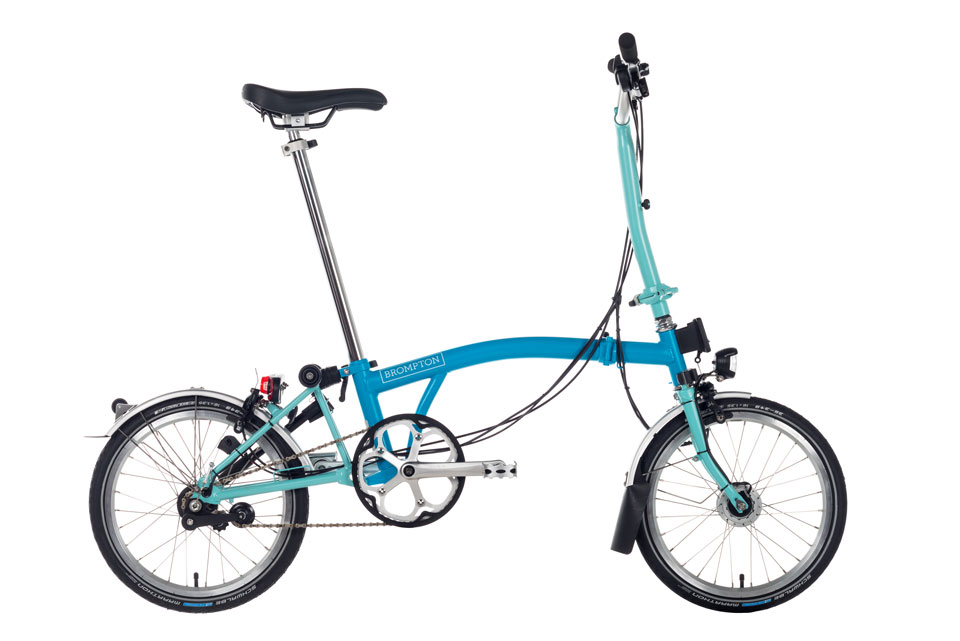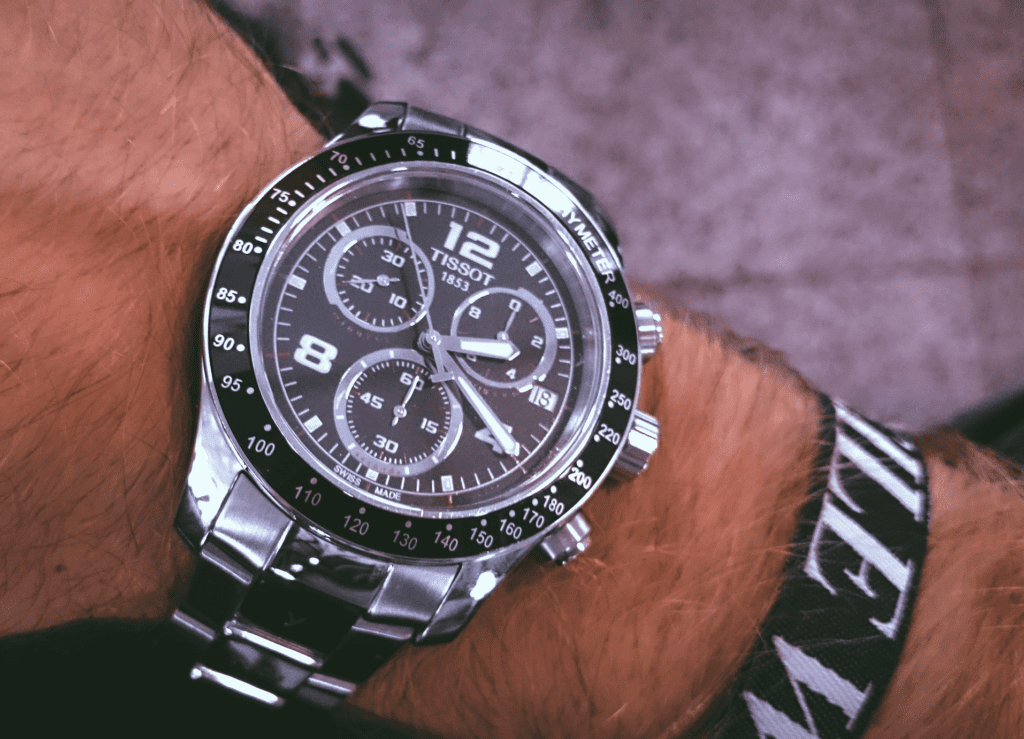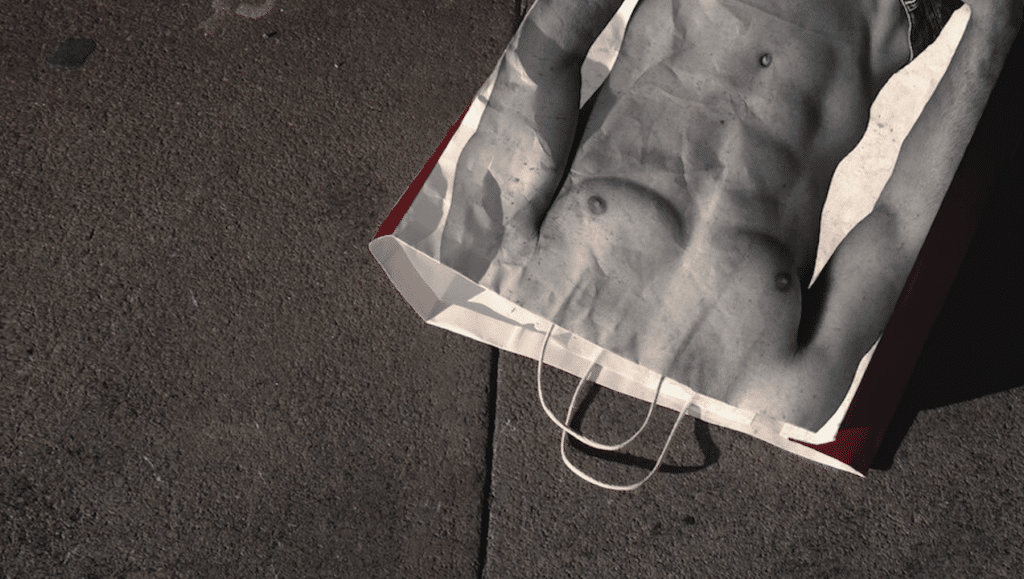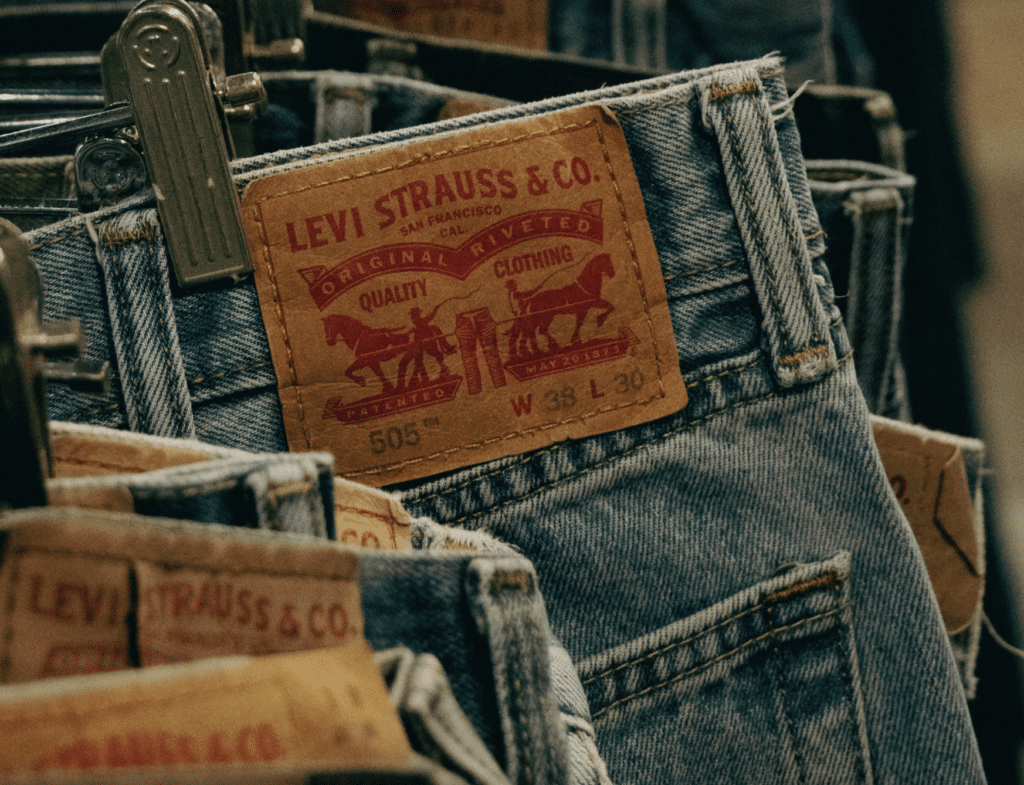What does the design of a bicycle have to do with fashion? Maybe more than meets the eye. In a recent decision from the Court of Justice of the European Union (“CJEU”), centering on the protectability of the shape of a foldable bike, the highest court in the European Union held that copyright protection may, in fact, exist for a product whose shape is, at least in part, necessary to obtain a technical result. In other words, the shape or appearance of a product may be protected even if there are utilitarian elements at play.
The case ended up before the CEJU, which handed down its decision on June 11, after getting its start before a district court in Belgium when Brompton Bicycle filed a copyright infringement suit against Get2Get, a Korean company that was making and selling a similar folding bike. In response to Brompton’s complaint, Get2Get argued that the appearance of its bicycle is dictated by the functional concerns (i.e., creating a bike that is capable of folding), and such a purely functional design does not benefit from copyright protection.
Unsure whether copyright protection exists for shapes “necessary to obtain a technical result,” the Belgium Companies Court referred questions to the CJEU, which determined last week that copyright protection may arise for products whose shape is at least partially necessary to obtain a technical result, assuming that the product, itself, “is an original work resulting from intellectual creation,” and that “through that [product’s] shape, its author expresses his creative ability in an original manner by making free and creative choices in such a way that that shape reflects his personality.”
In other words, while it is clear that a design that is “solely dictated by technical function” will not be protected by copyright law, a design – even if useful – may be subject to copyright protection if it is the result of creative design choices that go beyond the purely functional elements.

While the case is not over yet, as the Belgium Companies Court will determine whether the Brompton bike design is protectable based on the guidance provided by the CJEU (namely, whether the bike shape is exclusively dictated by technical considerations, rules or other constraints, and thus, is not the result of creative choices), the CJEU’s decision is noteworthy in connection with its potential applicability beyond bike designs.
It is not difficult to see how the court’s decision – one that K&L Gates’ Arthur Artinian and Simon Casinader say is significant in that it “builds on the line of European Union case law in recent years and extends copyright protection to functional products across all EU member states” – could seamlessly transition into the fashion industry (in much the same way as the Star Athletica case) given that the design of most garments and accessories is dictated by functional and technical decisions; pants and dresses, for instance, must generally be cut a certain way to be able to fit into the body.
Artinian and Casinader assert that the decision is, in fact, “good news for designers and creative businesses, as it lays a foundation for new opportunities for copyright protection and enforcement in Europe,” particularly since “his evolving area of law now requires a low threshold for protection, with a suggestion from the CJEU that minor creative choices in products will be sufficient for a finding of copyright protection.”











